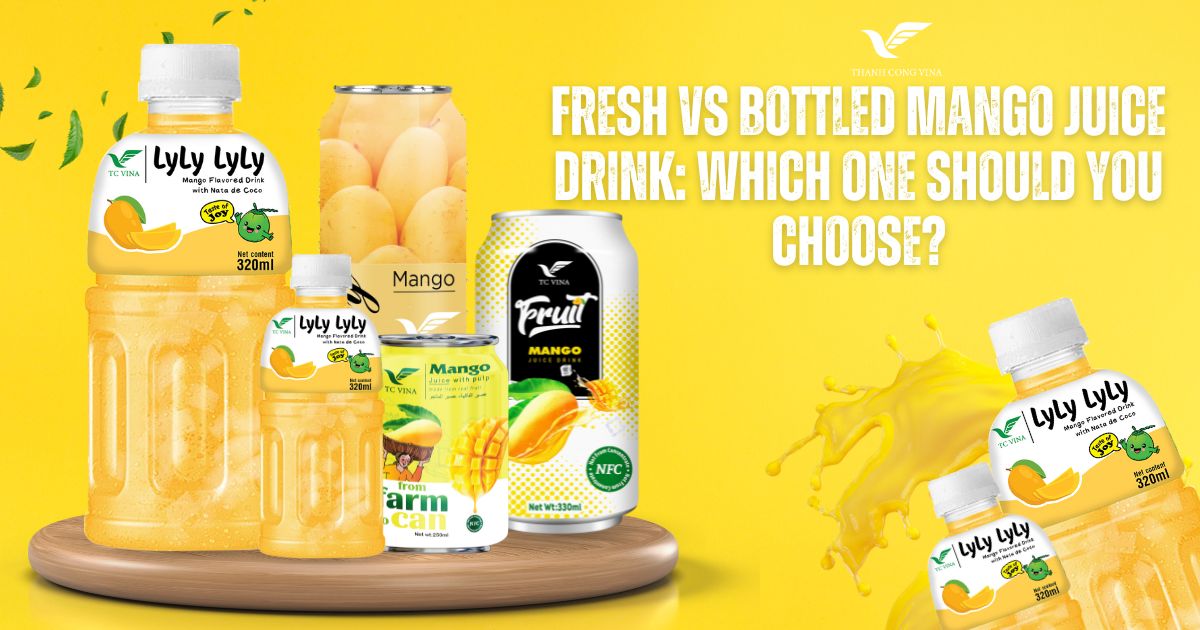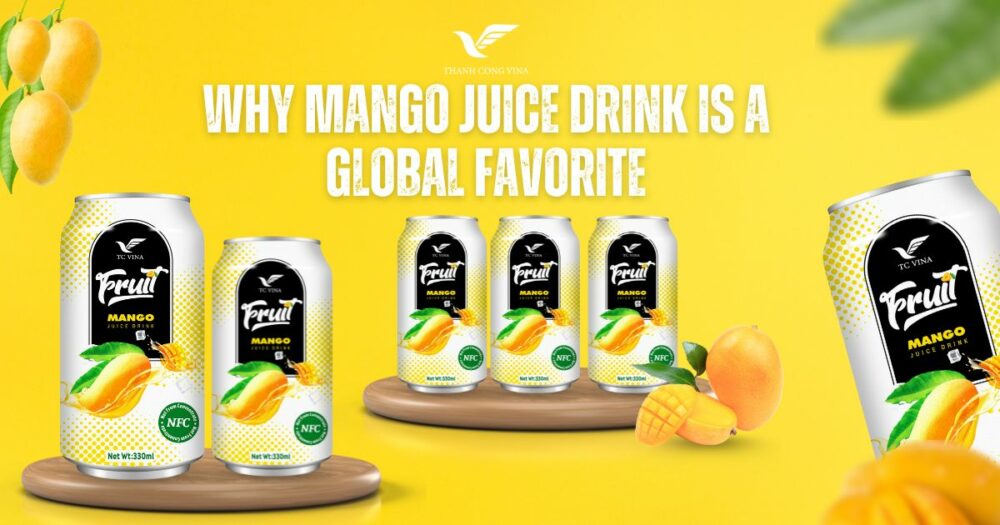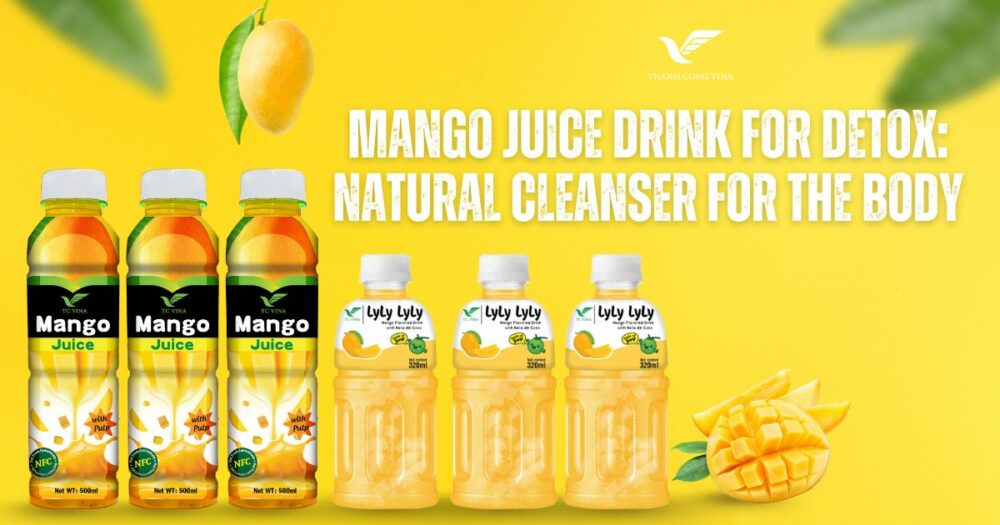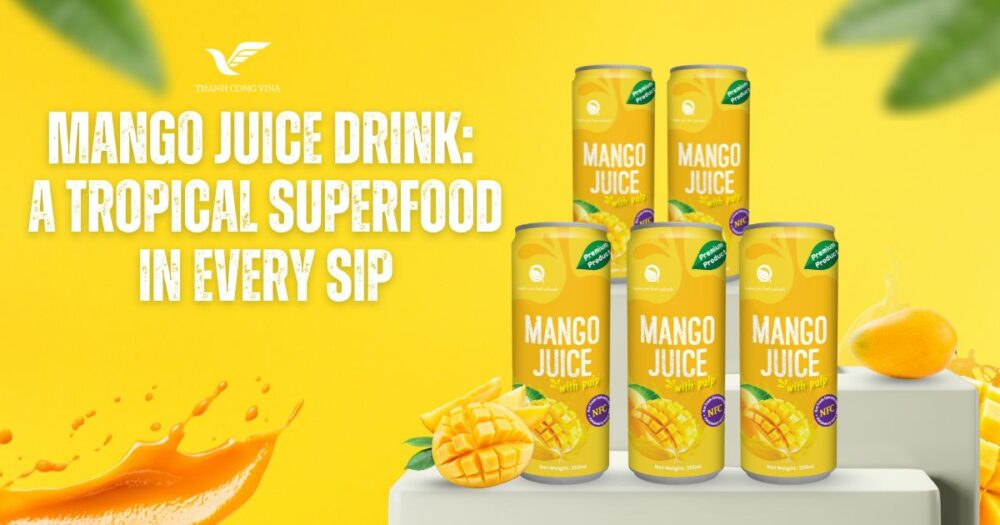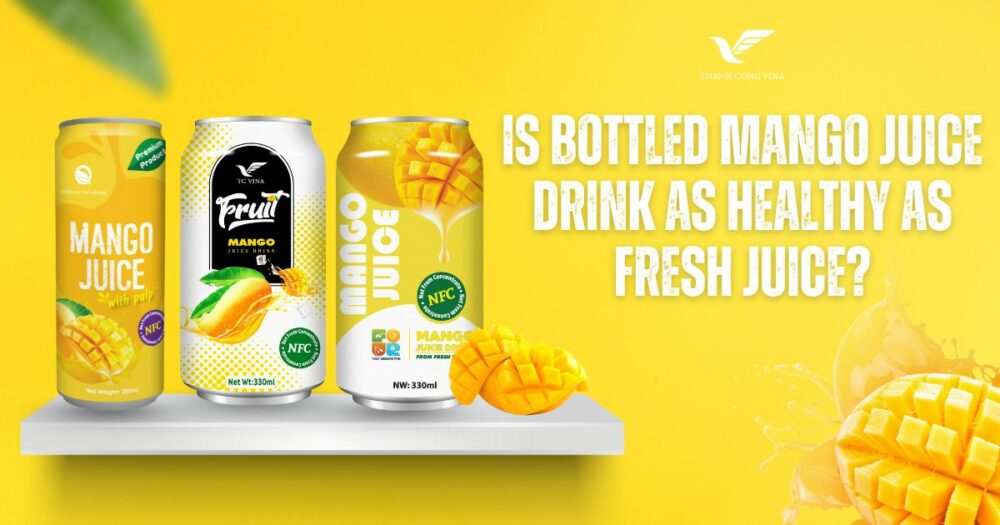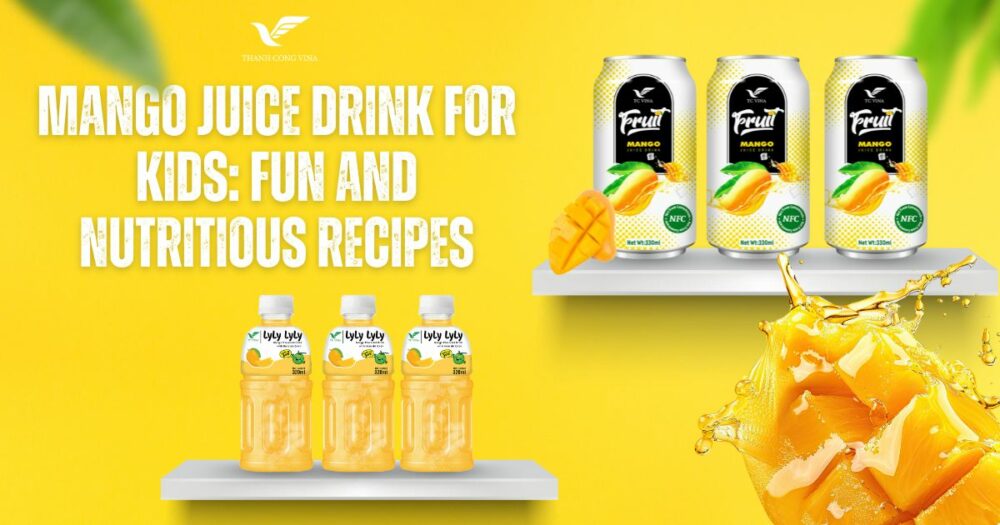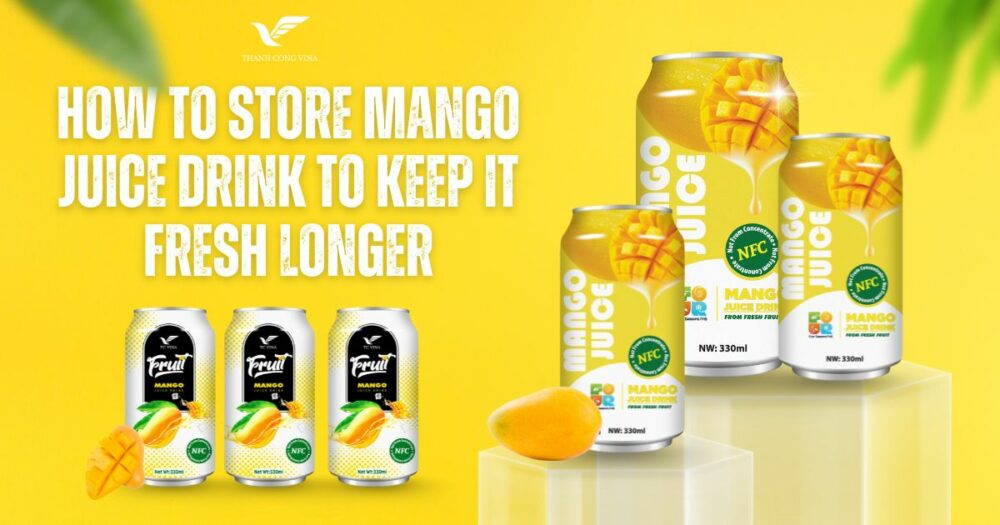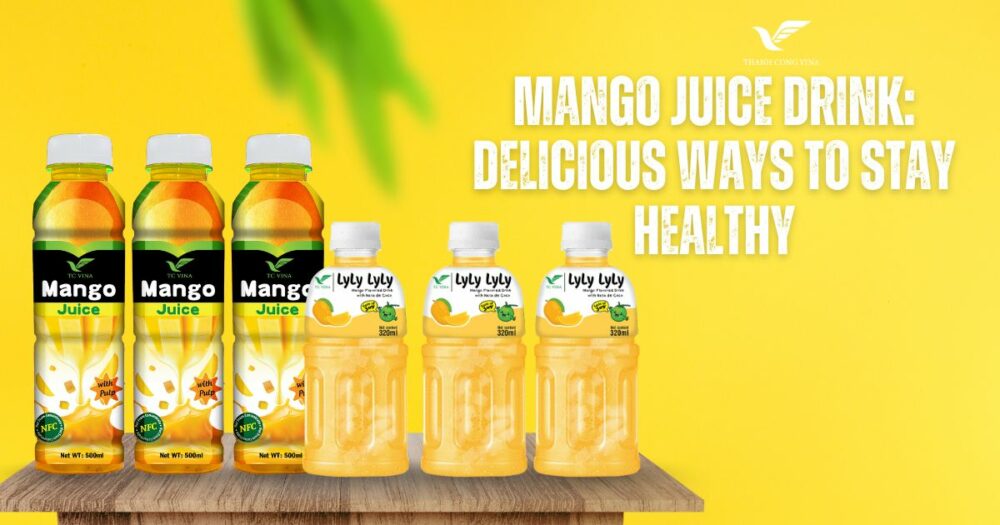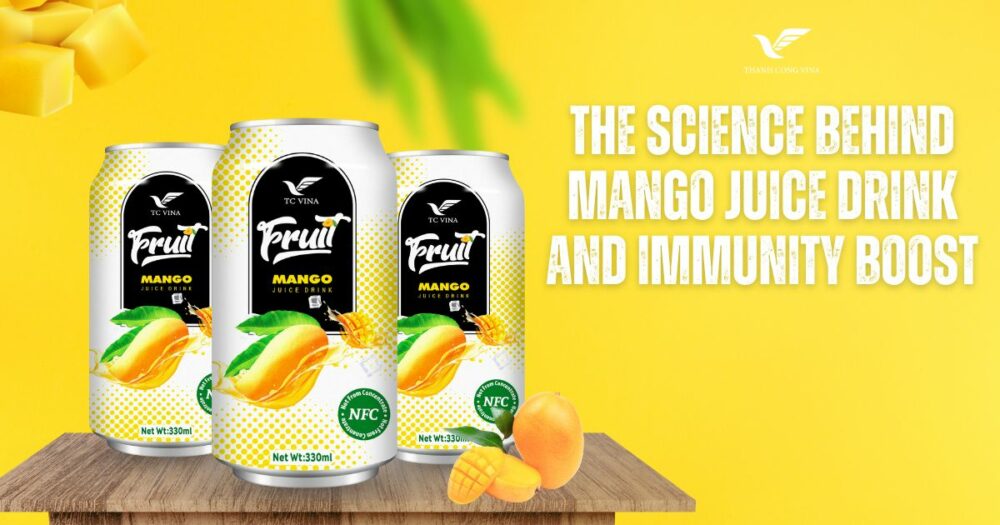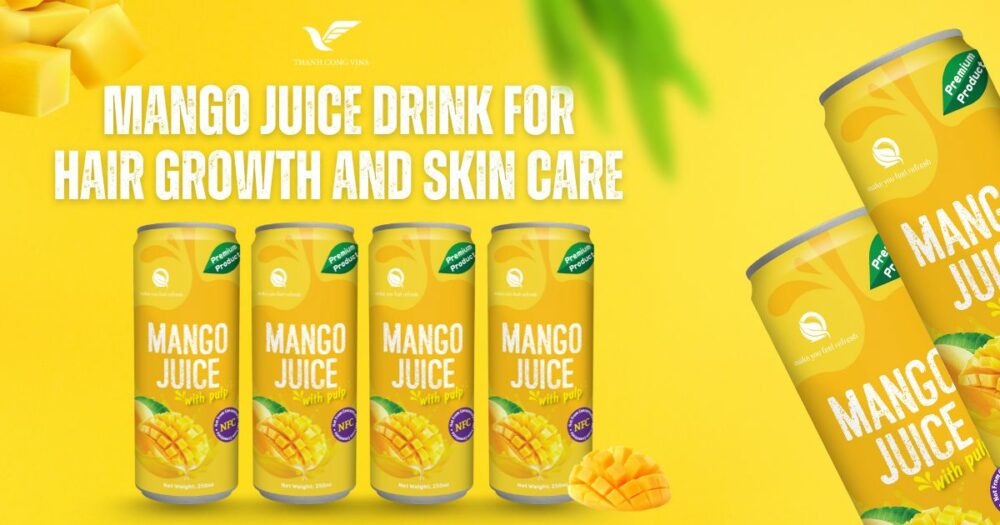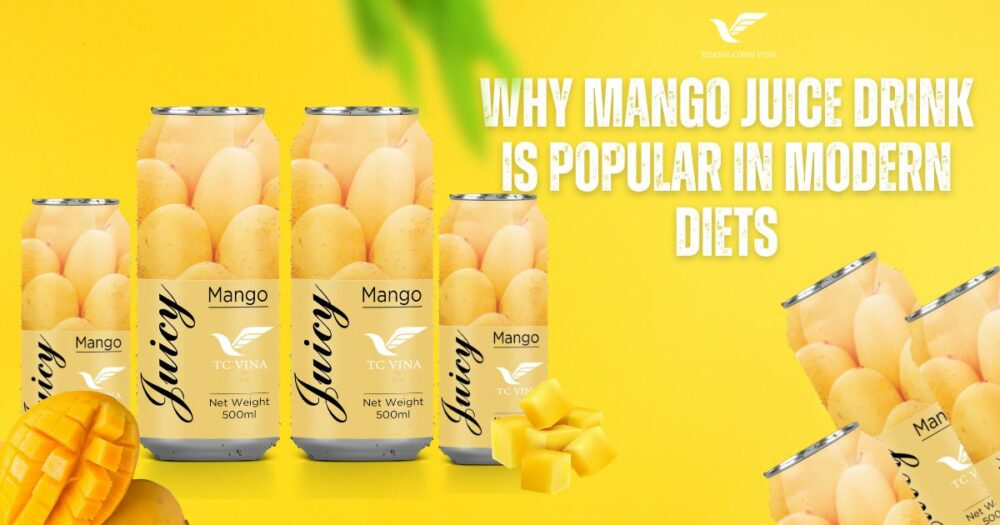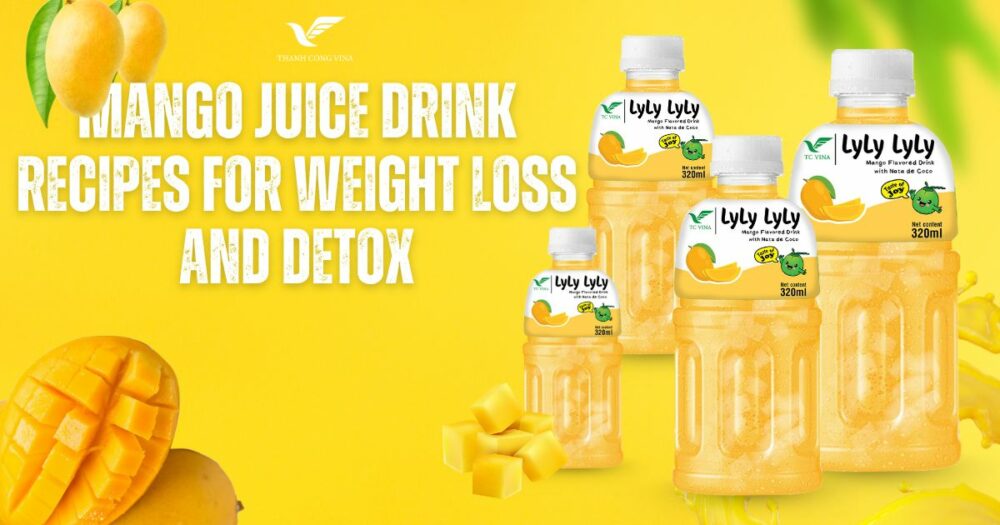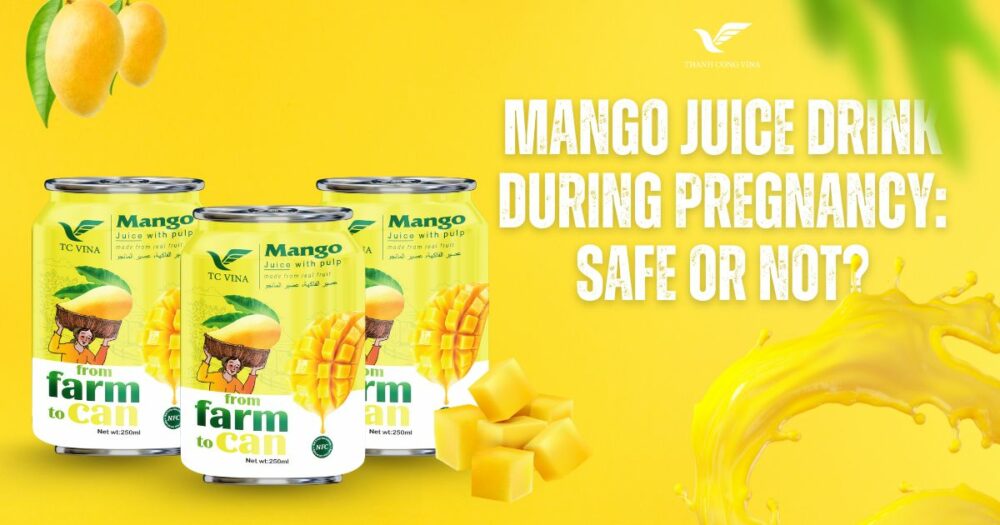Mango juice drink is one of the most beloved tropical beverages, enjoyed worldwide for its natural sweetness, vibrant color, and refreshing taste. Whether consumed as a breakfast staple, a cooling summer drink, or a nutritious afternoon pick-me-up, it is often associated with both indulgence and health. But when it comes to choosing between fresh and bottled mango juice drink, the decision isn’t always simple. Fresh juice boasts unbeatable flavor and natural nutrients, while bottled versions offer convenience, consistency, and extended shelf life. Each option has unique benefits and drawbacks, and the right choice often depends on lifestyle, health goals, and personal preferences. This article explores the differences in nutrition, safety, taste, and sustainability between fresh and bottled mango juice drink, giving you the insights you need to make the best decision for your health and daily routine.
Nutritional Comparison Between Fresh and Bottled Mango Juice Drink
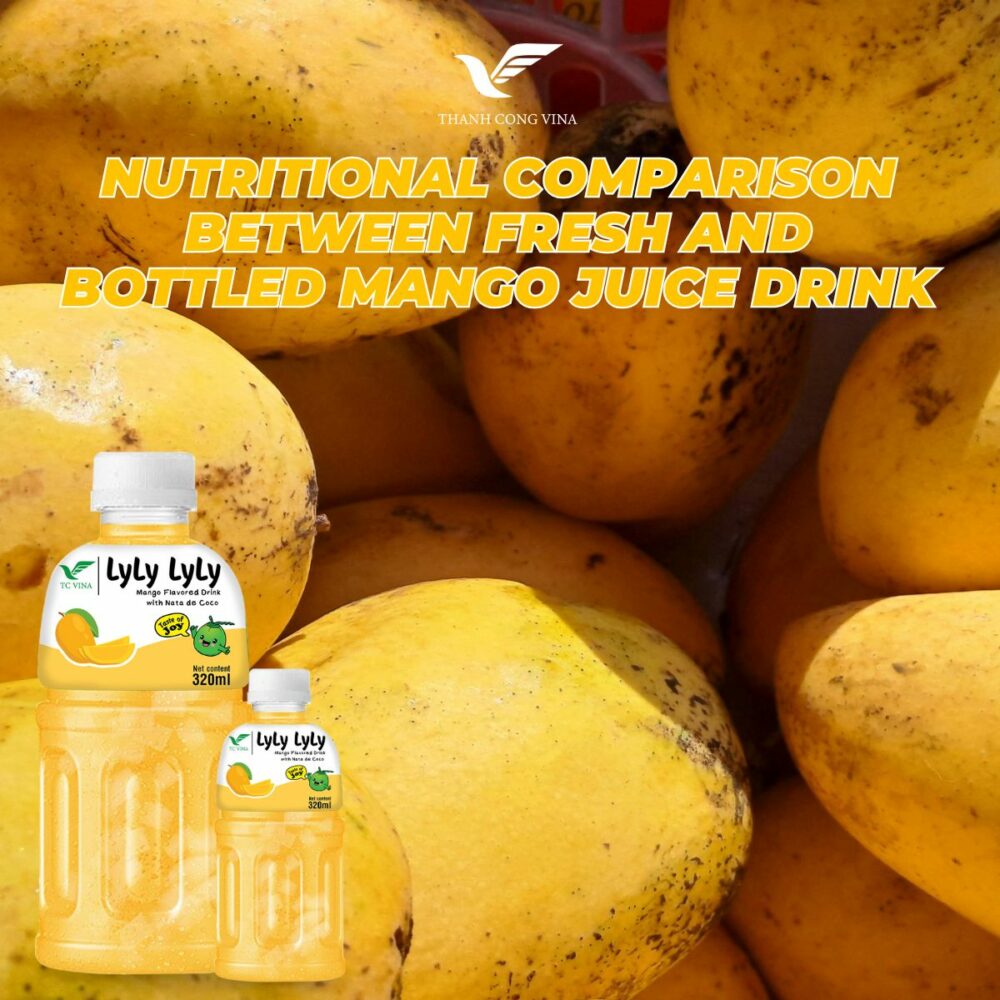
Nutritional Comparison Between Fresh and Bottled Mango Juice Drink
The Vitamin and Mineral Content
Fresh mango juice drink is naturally rich in vitamin C, vitamin A, potassium, and folate, which are essential for supporting immunity, vision, energy production, and hydration. However, bottled versions often lose some of these nutrients during pasteurization. While some manufacturers fortify bottled mango juice with added vitamins, it may not fully match the natural nutrient profile of fresh juice.
The Role of Preservatives and Additives
Fresh juice is free from additives, making it a cleaner and more natural option. Bottled mango juice drink, however, often contains preservatives, stabilizers, or added sugars to enhance taste and extend shelf life. These additions can reduce the overall health benefits of the beverage. For consumers prioritizing purity, fresh juice is the clear winner, but bottled juice offers consistency that fresh options sometimes lack.
Flavor and Sensory Differences
Taste and Freshness
The taste of fresh mango juice drink is often described as vibrant, aromatic, and full-bodied, since it retains natural fibers and enzymes. Bottled mango juice, while enjoyable, may taste less intense due to pasteurization and storage. In some cases, flavor enhancers are added to mimic the natural sweetness of fresh juice.
Texture and Appearance
Fresh mango juice tends to be thicker and more pulpy, providing a satisfying texture that makes the drink feel hearty and wholesome. Bottled versions, on the other hand, are usually filtered for a smoother, more uniform texture. While some people prefer the consistency of bottled juice, others see the pulp in fresh juice as a sign of authenticity and higher nutritional value.
Convenience and Accessibility
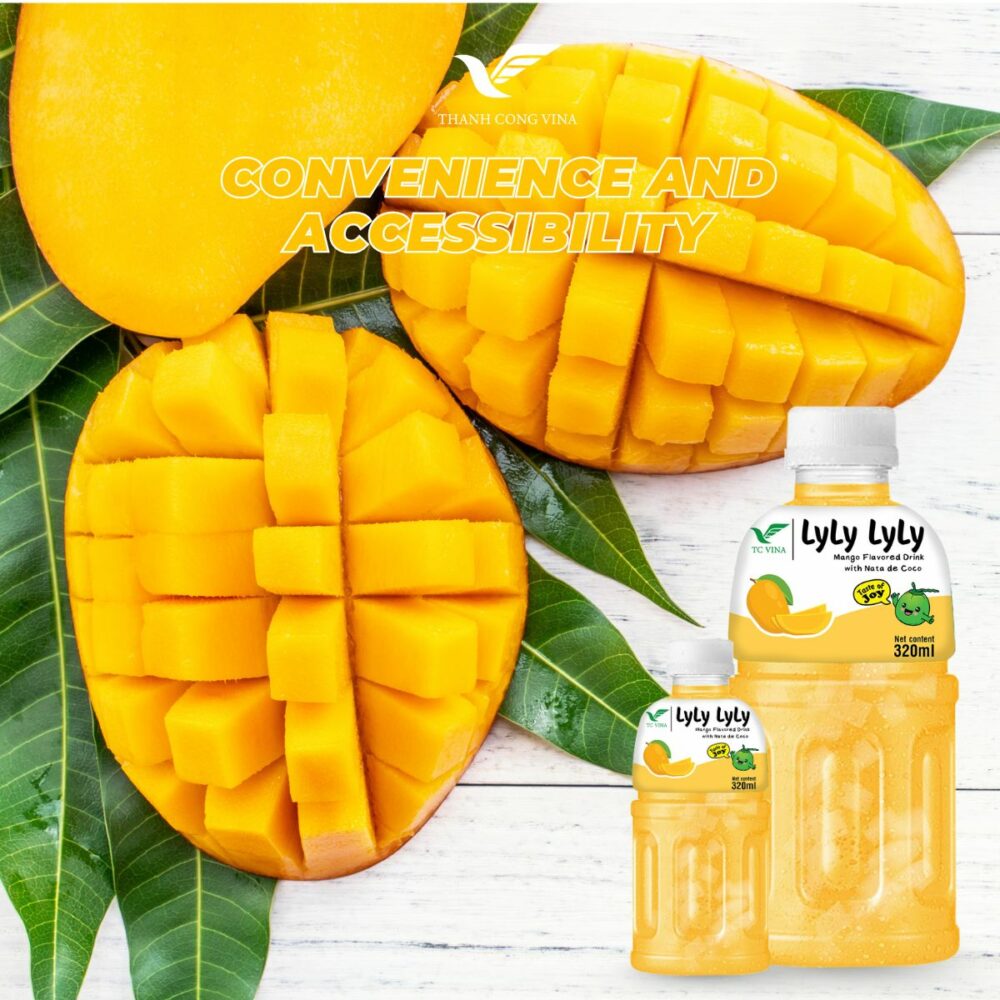
Convenience and Accessibility
The Case for Fresh Juice
Fresh mango juice drink is best when prepared at home using ripe mangoes. However, this requires time, equipment, and access to quality fruit, which may not always be available year-round. Fresh juice also has a very short shelf life, typically no more than 24–48 hours, which can be inconvenient for busy lifestyles.
Why Bottled Juice Appeals to Many
Bottled mango juice drink is available year-round, easy to transport, and requires no preparation. It’s the go-to option for consumers who want a quick, hassle-free beverage at home, work, or school. For those living in areas without access to fresh mangoes, bottled juice provides a practical way to enjoy mango’s flavor and benefits.
Safety and Shelf Life Considerations
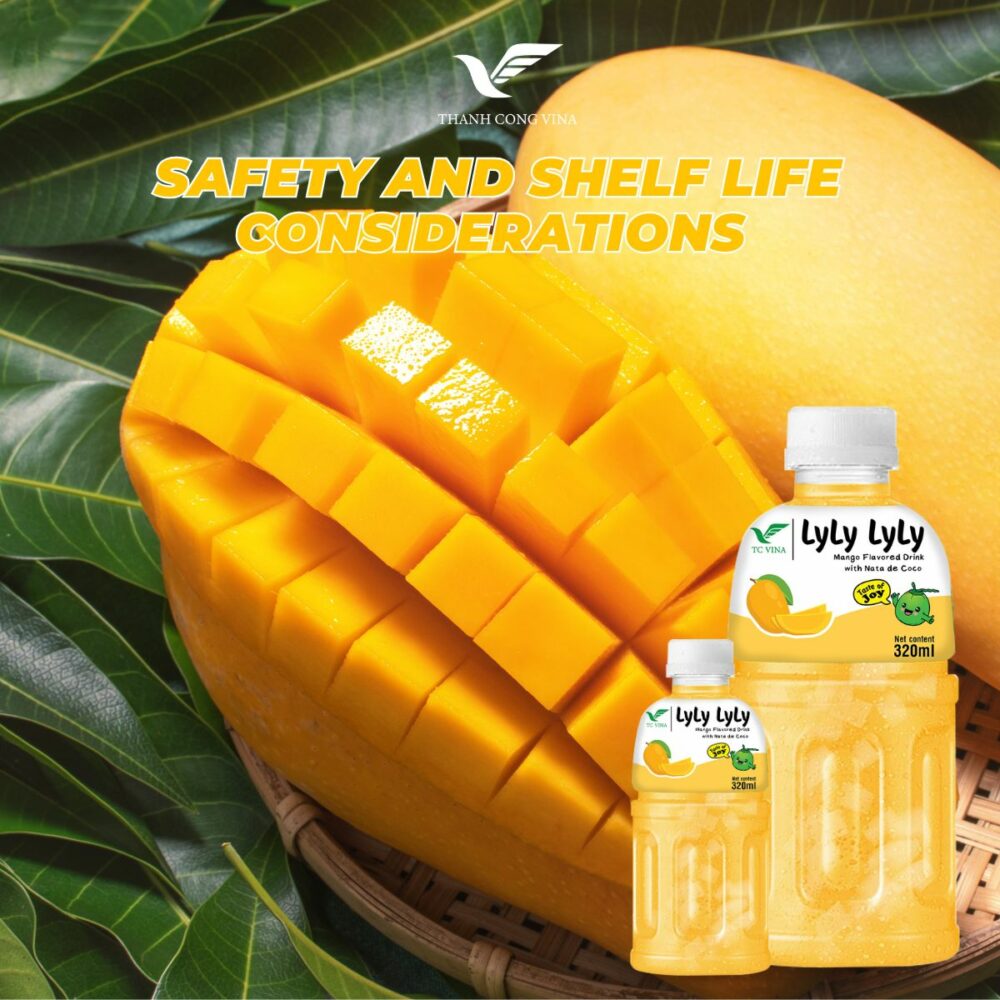
Safety and Shelf Life Considerations
Food Safety in Fresh Juice
While fresh mango juice is nutrient-rich, it can also be vulnerable to bacterial contamination if not handled properly. Washing fruit, using clean equipment, and consuming the juice quickly are all necessary steps to ensure safety. Families with young children or immune-compromised individuals should be especially careful with fresh juice preparation.
Preservation in Bottled Juice
Bottled mango juice drink undergoes pasteurization, which eliminates harmful microbes and extends shelf life for weeks or months. This makes it safer for longer storage, though the process may reduce some natural enzymes and vitamins. From a safety standpoint, bottled juice provides more consistency and reliability, particularly in large-scale distribution.
Environmental and Sustainability Factors
Fresh Juice and Food Waste
Making fresh mango juice drink at home often requires large quantities of mangoes, and not all parts of the fruit are used. This can contribute to food waste, particularly when mangoes are out of season and imported from far distances. On the other hand, supporting local farmers by buying seasonal mangoes reduces environmental impact.
Bottled Juice Packaging Concerns
Bottled mango juice is commonly packaged in plastic or glass, both of which have environmental drawbacks. Plastic waste is a major concern, while glass, though recyclable, requires significant energy to produce and transport. Some companies are now adopting eco-friendly packaging to reduce their environmental footprint, but bottled juice still carries a higher sustainability cost compared to fresh juice.
Cost and Economic Accessibility
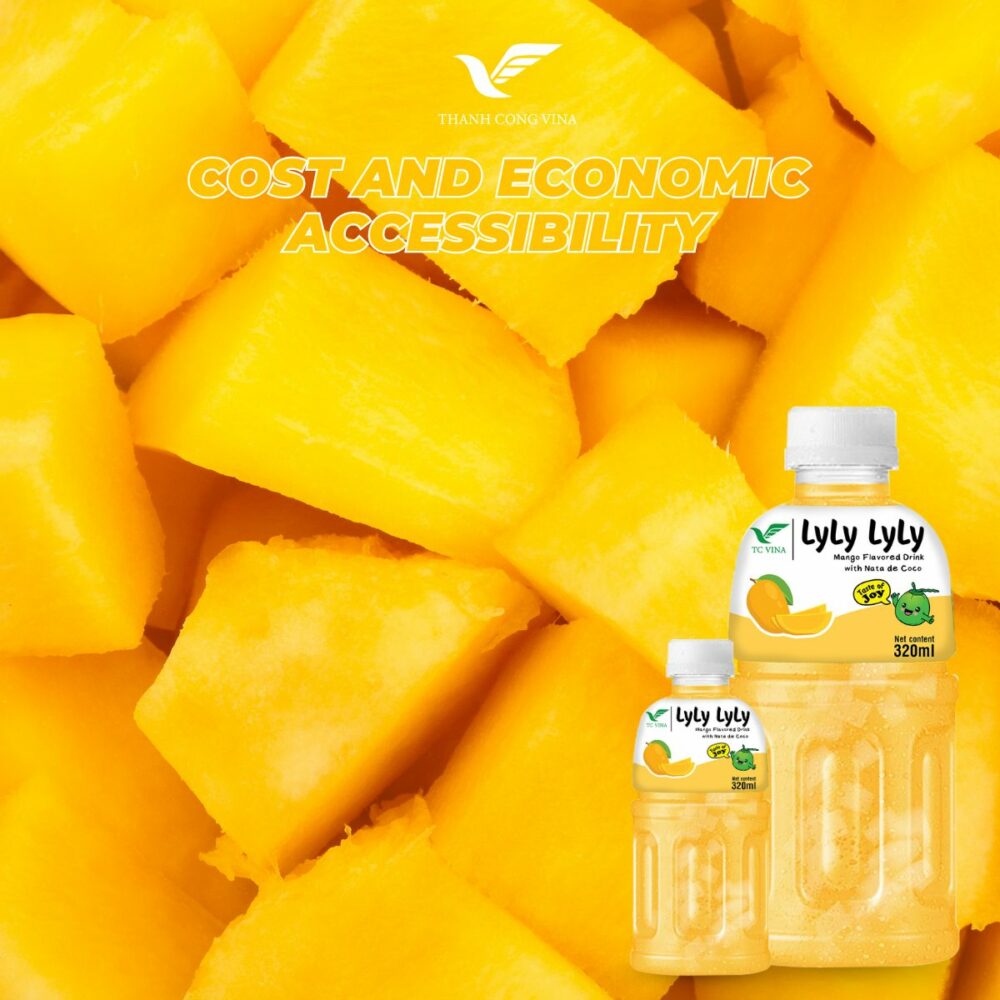
Cost and Economic Accessibility
The Expense of Fresh Juice
Fresh mango juice drink can be costly, especially in countries where mangoes are not grown locally. The price of seasonal mangoes fluctuates, making fresh juice less accessible to consumers on a budget. Additionally, preparing fresh juice at home takes time and effort, which may not fit everyone’s routine.
Bottled Juice as a Budget-Friendly Option
Bottled mango juice drink is generally more affordable and widely available in supermarkets, convenience stores, and online platforms. Because manufacturers buy mangoes in bulk and process them efficiently, they can keep costs lower for consumers. This makes bottled juice a practical solution for families who want to enjoy mango flavor regularly without breaking the bank.
Lifestyle and Cultural Perspectives
Fresh Juice as a Family Tradition
In many tropical countries, preparing fresh mango juice drink is more than just a beverage choice—it’s part of cultural traditions and family bonding. Families often prepare it during summer or festive occasions, reinforcing its connection to heritage and hospitality.
Bottled Juice in Modern Lifestyles
In today’s fast-paced world, bottled mango juice drink represents convenience and modern living. It has become a staple in school lunches, office snacks, and even restaurants. For people with limited time, bottled juice allows them to enjoy mango’s flavor without compromising their schedules. Both options reflect different lifestyles: one rooted in tradition and freshness, the other in convenience and accessibility.
Conclusion
When it comes to choosing between fresh and bottled mango juice drink, there is no single answer—it all depends on your priorities. Fresh juice offers unparalleled flavor, natural nutrition, and cultural significance, but it requires time, availability of quality fruit, and immediate consumption. Bottled juice, on the other hand, provides convenience, safety, affordability, and accessibility, though it sometimes sacrifices taste and sustainability. For health-conscious consumers, enjoying both in moderation may be the best choice—fresh when possible, bottled when needed. For those seeking high-quality bottled options that maintain both nutrition and flavor, Thanh Cong Vina IEP CO., LTD offers a trusted range of fruit-based beverages. Choosing mango juice drink from Thanh Cong Vina ensures you enjoy the balance of convenience, safety, and tropical goodness in every sip.

